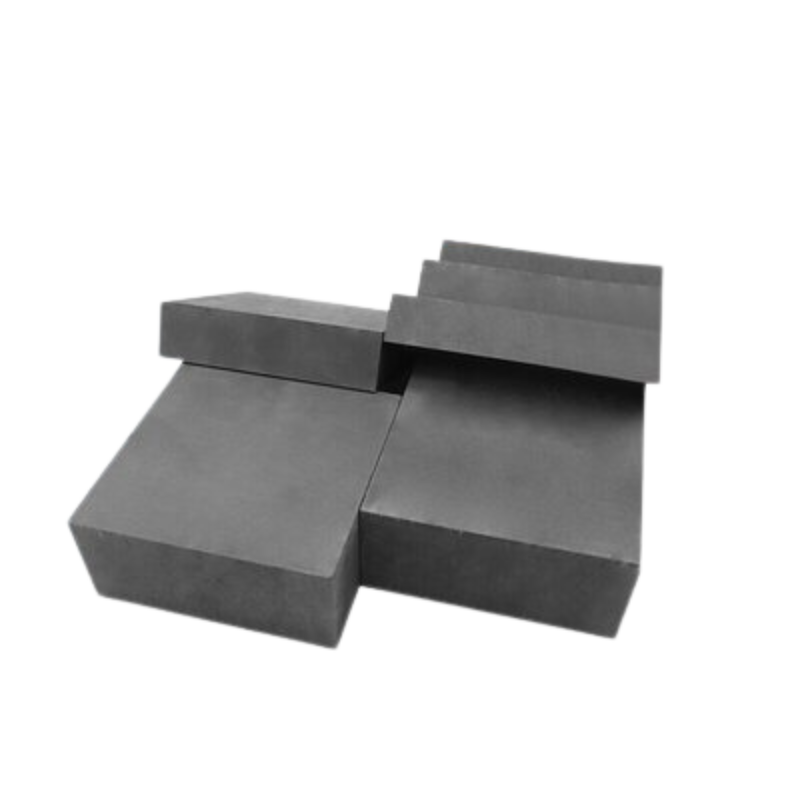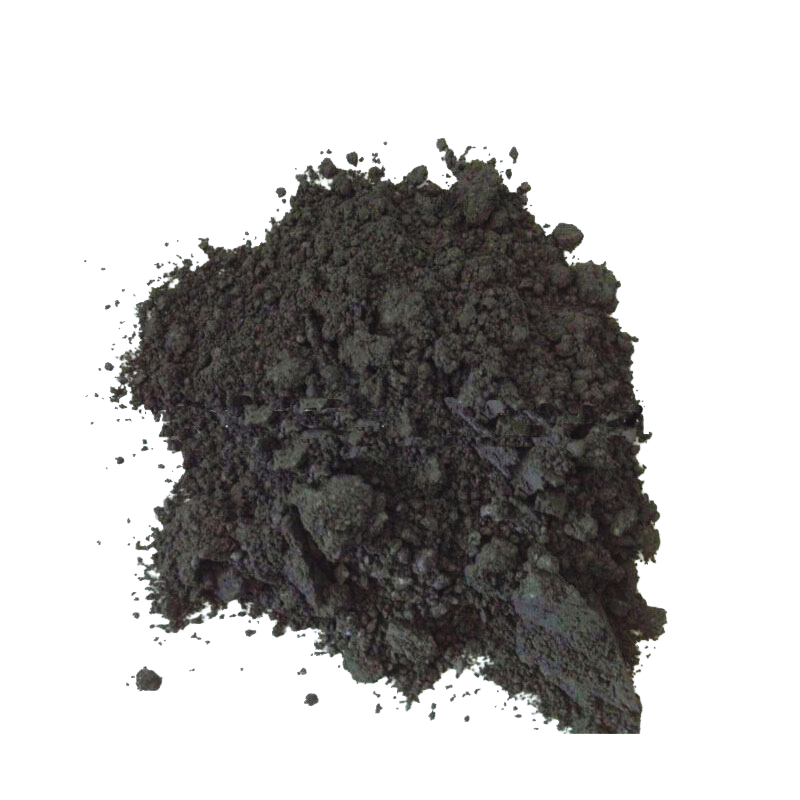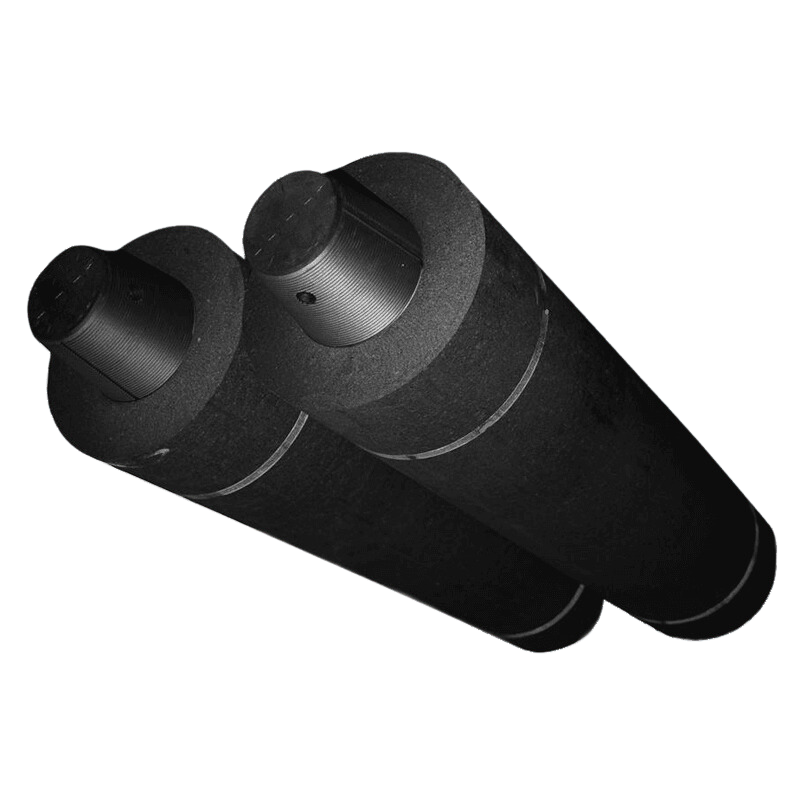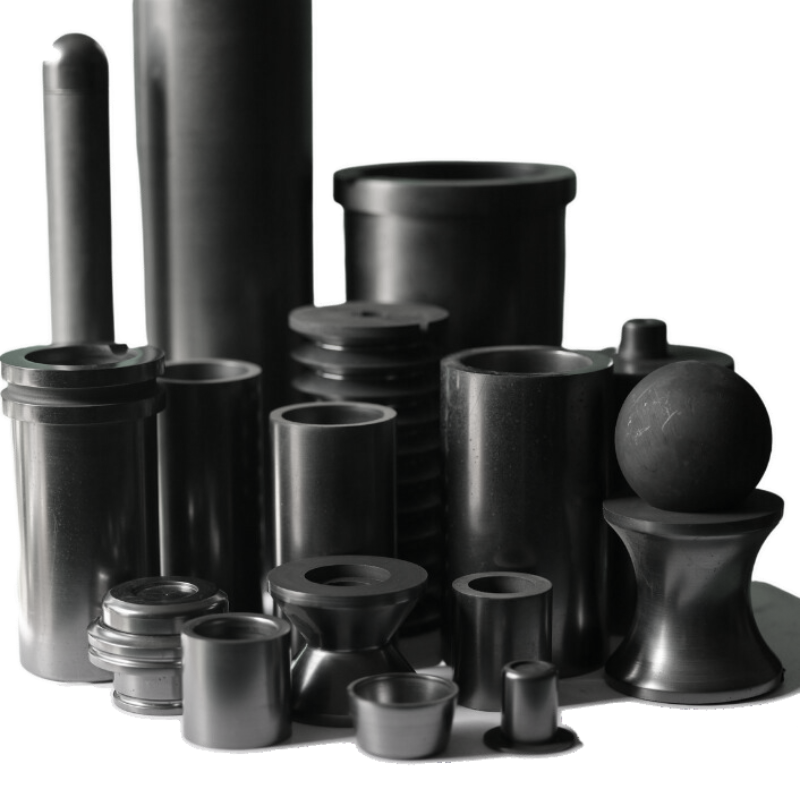In the dynamic landscape of manufacturing, the role of graphite molds has evolved significantly, pushing the boundaries of what was once deemed possible. Graphite molds, renowned for their versatility and heat-resistant properties, continue to be at the forefront of numerous industrial applications. In this article, we will explore the recent advances in graphite mold technology, shedding light on how these innovations are shaping the future of precision manufacturing.
Introduction of Graphite Mold
Graphite molds have long been the backbone of various manufacturing processes, playing a crucial role in the production of intricate components across diverse industries. Recent technological breakthroughs have not only enhanced the traditional applications of graphite molds but have also opened new avenues for exploration. Let’s delve into some of the key advancements that are transforming the landscape of graphite mold technology.
1. Precision Machining Techniques
One of the notable strides in graphite mold technology is the refinement of precision machining techniques. As industries demand increasingly complex and intricate components, manufacturers are leveraging state-of-the-art machining technologies to achieve unprecedented levels of accuracy in graphite mold production. Advanced CNC machining, combined with computer-aided design (CAD), allows for the creation of molds with intricate geometries, ensuring a higher degree of precision in the final products.
2. Sustainable Graphite Mold Manufacturing
Sustainability has become a paramount concern in modern manufacturing. Recent innovations in graphite mold manufacturing focus on developing sustainable practices. This includes the exploration of eco-friendly materials, energy-efficient production processes, and recyclability. Sustainable graphite molds not only reduce the environmental impact but also align with the growing demand for green manufacturing solutions.
3. Graphite Molds in Additive Manufacturing (3D Printing)
The integration of graphite molds with additive manufacturing, particularly 3D printing, marks a revolutionary leap in the industry. 3D printing allows for the rapid prototyping of graphite molds with intricate designs, enabling manufacturers to test and refine their molds more efficiently. This advancement accelerates the product development cycle and facilitates the production of customized molds tailored to specific applications.
4. High-Temperature Graphite Molds for Aerospace Applications
In the aerospace industry, where extreme temperatures and stringent tolerances are the norm, high-temperature graphite molds are making a significant impact. These molds withstand the harsh conditions of aerospace manufacturing processes, including the casting of high-performance alloys and intricate components for propulsion systems. The exceptional thermal stability of graphite molds ensures the production of aerospace-grade parts with uncompromised quality.
5. Graphite Molds for Metal Injection Molding (MIM)
Metal Injection Molding (MIM) has gained prominence in the manufacturing of small, complex metal components. Graphite molds play a pivotal role in MIM processes, providing the required precision and surface finish for intricate parts. The ability of graphite molds to withstand high temperatures and corrosive environments makes them an ideal choice for the demanding conditions of metal injection molding.
6. Graphite Mold Coatings and Surface Treatments
Advancements in coatings and surface treatments for graphite molds contribute to improved wear resistance, enhanced release properties, and prolonged mold life. These coatings, often based on advanced nanotechnology, create a protective layer on the mold surface, reducing friction and preventing adhesion of molten materials. The result is a more efficient and durable graphite mold, capable of withstanding the rigors of high-volume production.
7. Graphite Molds for High-Performance Alloys
The demand for high-performance alloys in industries such as automotive, aerospace, and electronics necessitates graphite molds that can withstand the challenges posed by these advanced materials. Recent developments focus on optimizing graphite mold compositions to enhance their compatibility with a broad range of alloys, ensuring the production of components with superior mechanical properties and thermal resistance.
8. Carbon Fiber Reinforced Graphite Molds
In the pursuit of lightweight and high-strength materials, carbon fiber reinforced graphite molds have emerged as a game-changer. The integration of carbon fibers enhances the mechanical properties of graphite molds, making them more robust and resilient. This innovation not only extends the lifespan of the molds but also opens new possibilities for manufacturing lightweight components in industries where weight reduction is critical.
Conclusion
In conclusion, the recent advances in graphite mold technology are propelling manufacturing into a new era of precision and innovation. From the integration of sustainable practices to the incorporation of cutting-edge machining techniques and materials, graphite molds continue to evolve to meet the demands of diverse industries. As the technological landscape continues to unfold, graphite molds stand poised as a cornerstone in the relentless pursuit of manufacturing excellence. The seamless integration of these advancements ensures that graphite molds will remain a key player in shaping the future of precision manufacturing across the globe.





